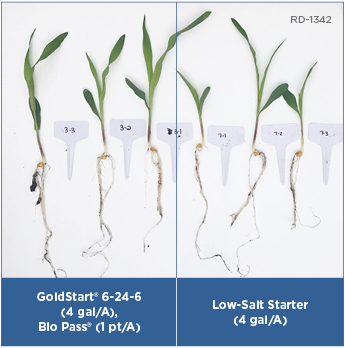How to Understand 4 Common Customer Needs So Your Ag Technology Exceeds Expectations
In business school, we always hear “no business plan survives first contact with the customer,” writes Aadith Moorthy at the Global Ag Tech Initiative. This aphorism is amplified when we work with growers across many different geographies who all think differently and have different needs. Thus, there is no replacement to directly speaking to growers to understand what they think. Only then can we can tailor technologies we develop to meet their needs and thus create the best products.
Sometimes, the needs and drivers of farmers’ purchases may deviate very strongly from your expectations. Here, I’ve listed some of the common needs of farmers, and some unexpected areas where they arise, or are unpredictably absent.
1. Labor
Labor scarcity is an issue worldwide. Increases in wages make it harder for farmers to hire sufficient people to manage their farms, and in most countries, rural populations are declining. This pressure on the farmer can manifest in some expected ways, such as an increase in robotics and automation. It can also manifest in very unexpected ways. I was speaking to an executive at one of the largest irrigation companies in India, and I asked him what he had learned from speaking to their customers – his response was quite shocking: the primary motivator for farmers in India buying drip irrigation and other advanced irrigation equipment is not for saving water, even though water is also scarce, but rather for reducing labor costs.
2. Water
Upon an initial glance, water seems to be the easiest resource to understand: in arid regions or during times of drought, there is a scarcity of water. As a result of that scarcity, farmers’ costs go up. However, in reality, the picture may be much more complicated. For example, in California, the scarcity in water often results in electricity, not water, being one of the largest costs. Nearly 20% of electricity in California is used for water-related purposes. In agricultural areas, this is due to the extensive usage of groundwater to supplement surface-level water, which may be scarce. Over-extraction of groundwater has resulted in water tables falling deeper and deeper underground every year, resulting in increasing electricity demand. Thus for many growers in these kinds of regions, reducing water use will actually appear as a drop in the electricity bill, not in direct purchases of water.
Read more at the Global Ag Tech Initiative.





